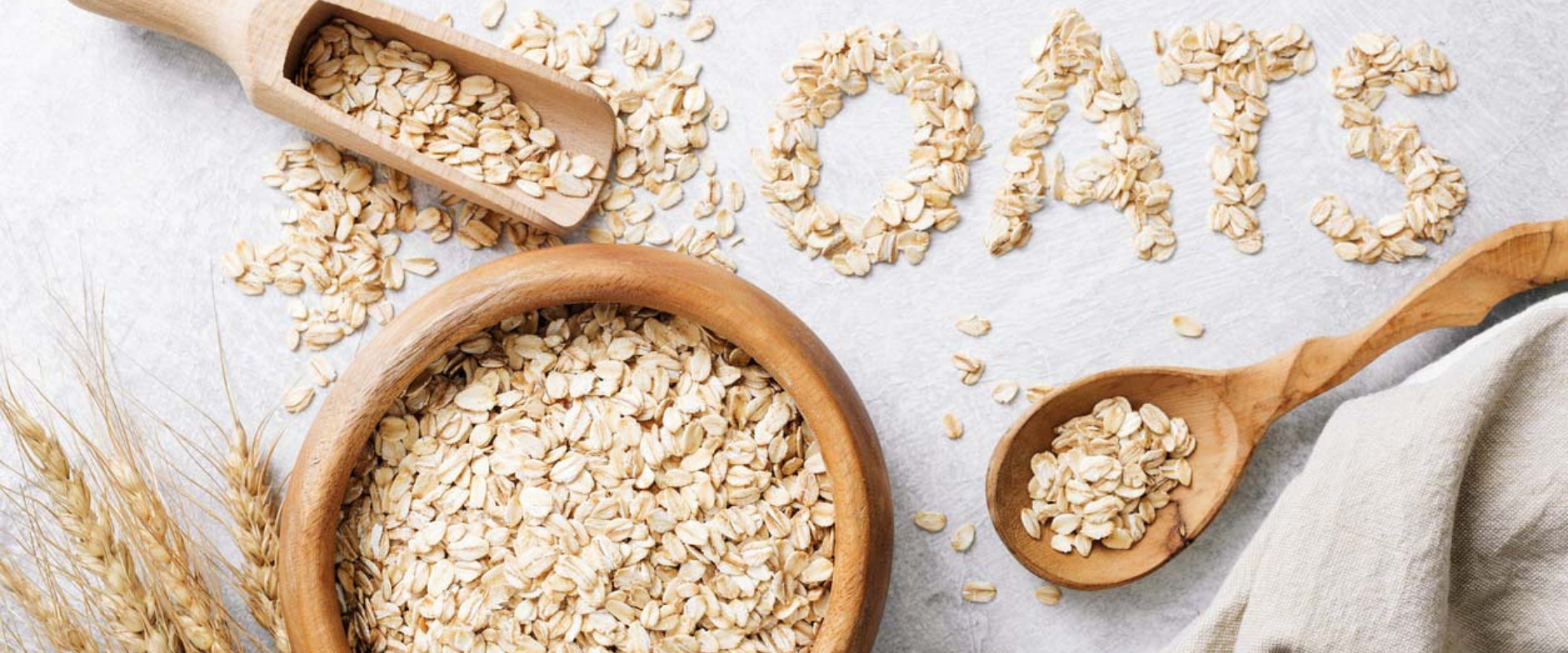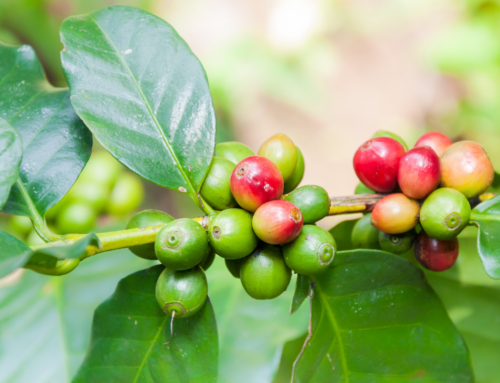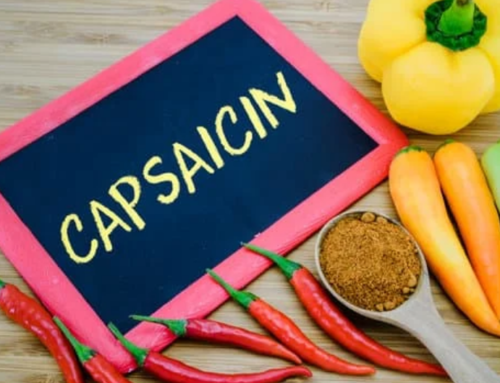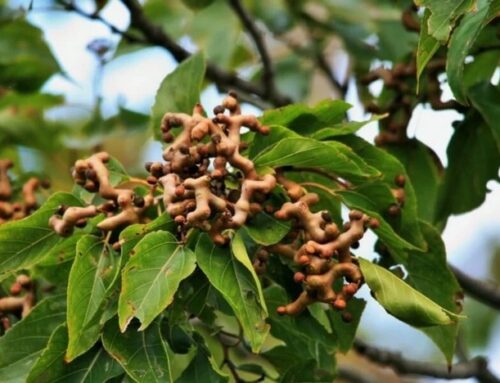1. Introduction of Oat
Oat is recognized as one of the world’s high nutritional cereals, rich in B vitamins, minerals, dietary fiber content is also very rich, satiety feeling, less impact on blood sugar, but also can improve immunity, has excellent anti-aging effect. Oat has both dietary and therapeutic effects since ancient times, especially the dietary fiber contained in it has attracted great attention from the world for its unique physiological functions such as regulating blood sugar and blood lipids, softening blood vessels, preventing high blood pressure and enhancing body immunity.
Oat itself is a very healthy whole grain. 80% of oat fat is unsaturated fatty acid, mainly monounsaturated fatty acid, linoleic acid and linolenic acid linoleic acid account for 38.1%~52.0% of the fat content. Linoleic acid is the most important essential fatty acid in the human body. It has important physiological functions in the human body and can reduce the accumulation of cholesterol in the cardiovascular system. Oat is also rich in protein and amino acids, even reaching 18 kinds of amino acids, of which 8 are essential for the human body. amino acid. Oat also contains vitamin B1, vitamin B2, vitamin E, niacin, folic acid, etc., which can supplement nutrients for the body. Oat includes calcium, iron, phosphorus, magnesium, zinc, copper and selenium.
Oat is rich in protein and dietary fiber, and also contains essential tryptophan. The calcium, iron, selenium and other minerals in Oat are 3 to 4 times that of rice noodles.
- Nutrition Facts of Oat
Fat: Among the more than 4,000 kinds of oats in the world, more than 90% of the oats have a fat content of 5-9%, which is equivalent to 4-5 times that of rice and white flour, ranking first among all grains. 80% of oat fat is unsaturated fatty acids, mainly monounsaturated fatty acids, linoleic acid and linolenic acid, of which linoleic acid accounts for 38.1%-52.0% of the fat content. Linoleic acid is the most important essential fatty acid in the human body. It has important physiological functions in the human body and can reduce the accumulation of cholesterol in the cardiovascular system.
Protein and amino acids: The protein content of oat is very rich (15.6%), which is 1.6-2.3 times that of rice and wheat flour, ranking first among cereals. Oat protein has high nutritional value and contains 18 kinds of amino acids, 8 of which are essential amino acids for human body. The 8 essential amino acids are not only rich in content but also in a reasonable proportion, close to the nutritional model recommended by FAO/WHO, and have a high utilization rate by the human body. Among them, the content of lysine in oats is more than 2 times that of wheat and rice, and the content of tryptophan is more than 1.7 times that of wheat and rice. Therefore, supplementing oat food can make up for the “lysine deficiency” caused by the Chinese dietary structure.
Vitamins and minerals: Oat is rich in vitamins including vitamin B1, vitamin B2, more vitamin E and niacin, folic acid and so on. Among them, the content of vitamin B1 and B2 is higher than that of rice, and the content of vitamin E is also higher than that of flour and rice. Oats are also rich in minerals, including calcium, iron, phosphorus, magnesium, zinc, copper, selenium, and more. In particular, the calcium content is significantly higher than that of wheat flour, rice, millet, and soba. The selenium content of oats is also very high, which is equivalent to 3.72 times that of wheat, 7.9 times that of corn, and 34.8 times that of rice.
Dietary fiber: Dietary fiber is a natural organic polymer compound. It is a non-starch polysaccharide formed by the dehydration and polymerization of monosaccharides. It cannot be decomposed by digestive enzymes in the human body, but it is an indispensable carbohydrate for maintaining health. It includes fiber. cellulose, hemicellulose, pectin, lignin, etc. According to its solubility characteristics, it can be divided into two categories: soluble fiber and insoluble fiber. Oat has both soluble and insoluble dietary fibers, so it is also known as the “noble” in the natural dietary fiber family. The total cellulose content of oats is 17-21%, of which soluble dietary fiber (the main component is β-glucan) accounts for about 1/3 of the total dietary fiber, which is significantly higher than other grains.
- What are the specific benefits of eating Oathealthily?
– Lower cholesterol, lower blood lipids
The results of clinical experiments show that oat can significantly reduce serum total cholesterol, low-density cholesterol, triglyceride and β-lipoprotein, and has the effect of increasing serum high-density cholesterol, and the effect of lowering blood lipids is very obvious. The main reason is that oats contain a variety of substances that can lower cholesterol, such as monounsaturated fatty acids, soluble dietary fiber, etc. Oat contains a lot of linoleic acid, which can be combined with cholesterol to form esters, which are then degraded into bile acids for excretion. Especially, a large amount of linoleic acid can soften capillaries and have the function of preventing vascular sclerosis.
– Regulate blood sugar
Compared with other major grains, Oat can inhibit the rise of blood sugar concentration after meals and adjust insulin, so Oat is suitable as a therapeutic food for diabetics. After the carbohydrates in rice and flour are ingested into the body, they will be completely hydrolyzed into glucose into the blood without control, so that the glucose concentration in the blood will suddenly increase. The carbohydrates in oats are slowly hydrolyzed into glucose, which will not cause blood sugar. rapid rise in concentration.
– Improve constipation
Dietary fiber has water-holding, oil-holding, strong water-absorbing swelling and strong adsorption capacity. Therefore, it can improve digestive function, promote gastrointestinal motility, and relax bowels. Oat fiber can shorten the retention time of stool in the large intestine, avoid the intestinal absorption of residual toxins, and reduce the chance of intestinal diseases and intestinal cancer caused by the accumulation of toxic waste.
This laxative function is especially beneficial for patients with high blood pressure and heart disease. Many patients with high blood pressure and heart disease often suffer from cerebral hemorrhage and heart attack due to dry stool and excessive defecation.
– Weight control
Oat fiber can absorb several times its own weight in water, absorb water and swell in the stomach and form a high-viscosity sol or gel, delay the emptying time of the stomach, and easily produce a feeling of fullness. Oat can provide long-lasting energy and make the stomach feel full for a long time, thereby reducing the frequency and quantity of meals, so that people should not gain weight.
– Other effects
The rich vitamins, minerals and amino acids contained in oats play an extremely important role in improving body health, promoting development, participating in metabolism, and resisting diseases. Oat contains vitamin B1, vitamin B2, vitamin E and folic acid, etc., can improve blood circulation, help eliminate fatigue, reduce psychological pressure, and is conducive to the growth and development of the fetus. Oat contains calcium, phosphorus, iron, zinc, manganese and other minerals, which can prevent osteoporosis, promote wound healing, and prevent the occurrence of anemia. Oat contains antioxidant grains, which have excellent antioxidant and eliminate free radicals in the body.
- Application of Oat
Oat beverages: Oat beverages include fermented beverages, such as oat biomilk, and non-fermented beverages, such as oat fiber beverages and oat tea. The market price of oat beverages produced in Europe and the United States and other countries is relatively high, and the consumer awareness is high. Although there are such products in China, the market share is quite low and it is only in its infancy, so the development of oat health drinks should be promising.
Functional food: Oat functional food mainly refers to products containing oat functional raw materials or factors such as oat bran, oat beta-glucan and oat oil. Oat beta-glucan, oat oil and oat protein have all been industrially produced. Oat oil can be directly made into capsules, and oat dietary fiber can be added to meat products such as western sausages and hamburger patties as a food base to increase the water holding capacity of meat products. Chewable tablets are also made with oat dietary fiber as a base.
Other uses: Oat is also widely used in other industries such as cosmetics and pharmaceuticals. Because dextran has a good moisturizing effect, oat dextran has been replaced by hyaluronic acid commonly used in cosmetics in the United States. Oat starch has unusual gel properties and fine, soft powder properties and has been used in the production of face powders, body washes, and eye shadow powders. Oat protein can replace animal protein and is a good vaccine medium and pesticide slow-release agent.
2.What is oat fiber?
Oat fiber is a mixture of natural dietary fiber extracted from oat, processed by a special process with proprietary technology, which greatly increases the proportion of soluble dietary fiber. The whole processing process does not involve any chemical, chemical raw materials, and does not add any preservatives, pigments, flavoring agents. The main components are soluble dietary fiber (oat beta-glucan), insoluble fiber (cellulose, hemicellulose, lignin). β-glucan is a soluble polysaccharide, and β-glucan products on the market are mainly extracted from grains, yeast and other raw materials. β-glucan is named because its glucosidic bond is β-(1→3) bond, and oat β-glucan is composed of β-(1→3) sugar and β-(1→4) sugar A polysaccharide with a glycan bond ratio of 7:3.
This product is a fine powder with the unique aroma of oat, rich in insoluble dietary fiber and soluble dietary fiber, and high in β-glucan; it also contains unsaturated fatty acids, of which the proportion of oleic acid and linoleic acid is nearly 1:1, and rich in linolenic acid and phytosterols, no cholesterol; high in protein; high in zinc, high potassium, very low sodium. It has the characteristics of smooth taste, rich nutrition and unique fragrance. It is a healthy food for people’s daily life. All ingredients are naturally contained and released by “breaking the wall” through a special biological high-tech process.
- Benefits of oat fiber
The raw material of oat fiber has low sweetness, low calorie, no peculiar smell, and has the special natural flavor of oat. It can effectively inhibit the absorption of fat in the digestive tract, promote the excretion of lipid compounds, increase satiety, reduce food intake, and slow down the absorption of glucose, thereby reducing postprandial blood sugar levels, reducing blood lipids, and preventing obesity.
Adjust the pH value of the intestinal tract, improve the breeding environment of beneficial bacteria, and rapidly expand the beneficial flora such as bifidobacteria, thereby inhibiting the growth of saprophytic bacteria, preventing intestinal mucosal atrophy, and excreting toxins and metabolic wastes in the body in time.
Oat fiber contains a large amount of insoluble dietary fiber, which can absorb water and swell in the human intestine and retain water, stimulate intestinal peristalsis, inhibit toxic fermentation products, and prevent colon cancer. Oat fiber contains oat beta-glucan, which can reduce cholesterol, blood lipids, and enhance immunity.
- Application of oat fiber
– Health care applications
It is added to functional foods as a common food raw material, and long-term use can improve constipation, blood lipids and cholesterol, and can also be used to supplement the lack of daily dietary fiber intake.
– General food application
Adding to quick-frozen pasta, sausages, bakery and solid beverage products, in addition to adding dietary fiber, it can give food a new taste. Moisture retention agents, fillers, etc. exhibit the performance of food additives.
3. What is oat protein?
Oat protein is a natural high-quality oat protein as raw material, which is an active protein specially developed for skin care and skin cleansing using biological enzyme technology. Oats are rich in nutritious active ingredients, mainly oat dietary fiber, oat beta-glucose, oat protein, oat antioxidants and oat fat. In China, extensive research has been carried out on oat dietary fiber, oat β-glucose, oat antioxidants and oat fat. Most of the research on oat protein is the extraction process, which is more common in the fields of food and skin care.
- Oat protein
The protein content of oat bran was the highest at 19.42%, of which the fat content was 10.57%, the starch content was 49.54%, the moisture content was 7.74%, the ash content was 3.40%, and the others were 9.33%. Oat bran has the highest protein content and good nutritional value. It is a high-quality protein. It can be researched and developed as a health food, and it can also be further developed as a natural cosmetic additive. Gentle and non-irritating, it can be used on all types of skin.
- Oat Albumin
Among oat proteins, oat albumin had the highest content, accounting for 63.40% of the total protein, followed by oat globulin and glutenin, accounting for 15.18% and 13.24%, respectively, and avenin prolamin content of 8.18%. Protein subunits have a wide molecular weight distribution, and proteins with small molecular weights are easy to penetrate, which is conducive to skin absorption and utilization, and promotes skin metabolism; proteins with large molecular weights have good film-forming properties and can improve skin smoothness.
- Oat Amino Acids
Oat protein is rich and balanced in amino acid content and has a high proportion of essential amino acids, which is a high-quality nutritional protein. The total amount of amino acids is 0.5435g/100g, and the essential amino acids account for 36.45%. The highest content of glutamic acid was 18.23%, and the content of phenylalanine, leucine and isoleucine among the essential amino acids was higher, accounting for 8.22%, 7.12% and 5.30%, respectively. Water-soluble oat albumin and amino acids, as an important medium to lock in skin moisture, have significant nutritional moisturizing and moisturizing effects, especially for people with dry skin.
- Advantage Features
As an excellent raw material, oat protein has the following advantages:
– Natural and organic oat protein has excellent moisturizing properties and slows down the loss of skin moisture.
– Rich in amino acid group, supplement skin nutrition, create healthy skin, delay skin aging and reduce skin roughness.
– Contains oat-specific anti-allergic and anti-itch ingredients, which can effectively prevent and alleviate skin allergies, and alleviate the irritation of preservatives and other products to the skin.
- Scope of application
– Moisturizing, anti-aging, anti-wrinkle products.
– After-sun care products.
– Anti-irritant products.
– Antipruritic and washing products after bathing.
Through a detailed introduction above, I hope it will be helpful for you to understand Oat. At the same time, if you have friends who are interested in them, please forward them to your friends and people around you. If you need to know about oat powder, oat fiber, and oat protein, please click here to contact us.
Xi’an Herb Bio is a professional Chinese supplier of herbt extracts, food additives and fruit & vegetable powders. We can provide customers with high-quality products, competitive prices and satisfactory after-sales service. For more details, please leave a message, thanks in advance!






Leave A Comment